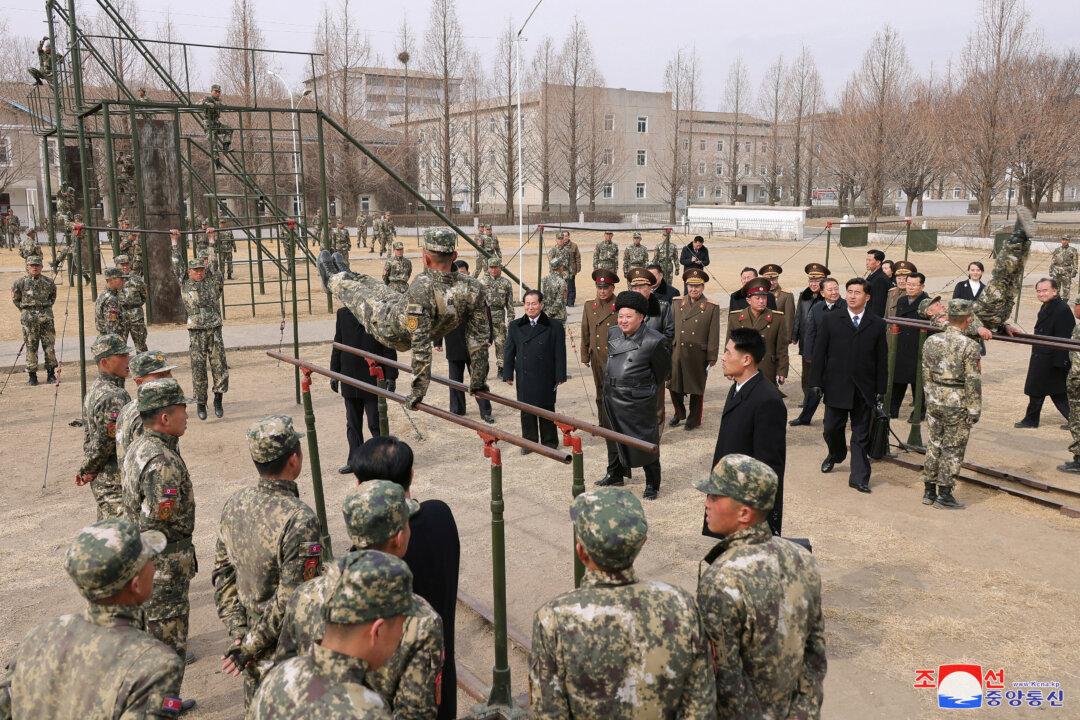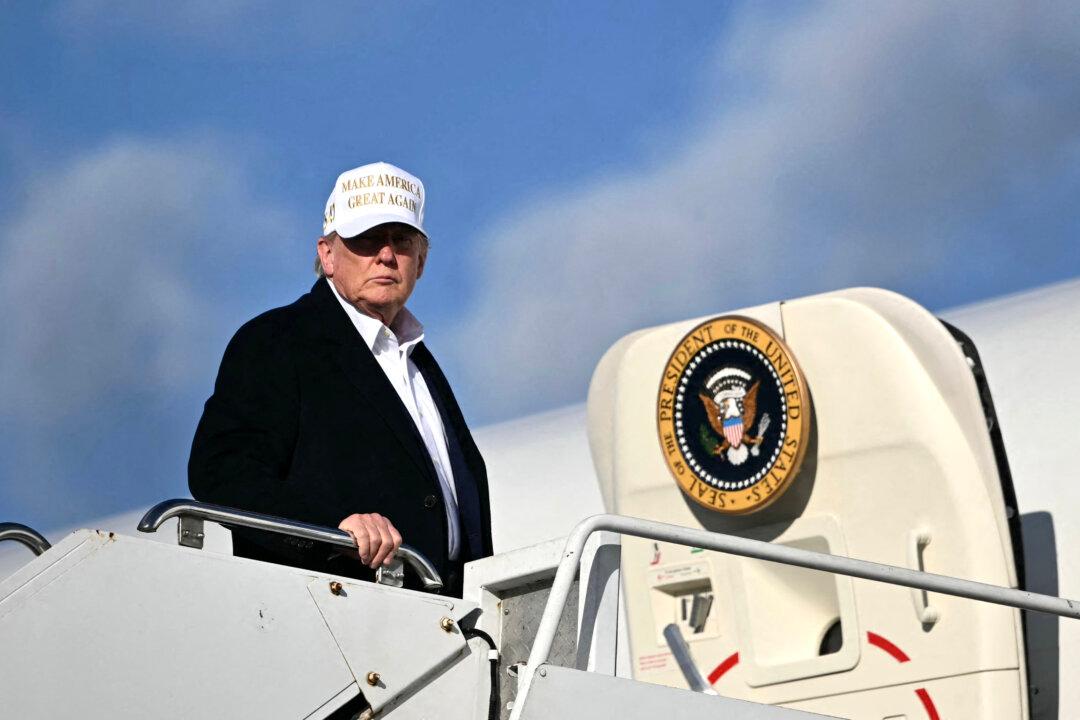Sri Lanka’s embattled president reportedly fled the island nation on a military jet on Wednesday amid mass protests calling for his resignation, ending his family dynasty that has dominated national politics for decades.
President Gotabaya Rajapaksa, along with his wife and two bodyguards, fled to Male—the capital city of the Maldives—after thousands of anti-government protesters stormed his house on Saturday.

Speaker of Parliament Yapa Abeywardena later announced that Rajapaksa would step down from his presidency on Wednesday, while Wickremesinghe said that he would quit after a new government was formed. But later Wednesday, the speaker said that Rajapaksa had appointed the prime minister acting leader “while the president is overseas,” further complicating the crisis.
Basil Rajapaksa, the president’s brother and former finance minister, also attempted to flee Sri Lanka through the VIP terminal at Colombo international airport but was stopped by immigration officials.
The Rajapaksa family has ruled Sri Lanka, a country with a 22 million population, for two decades. Mahinda Rajapaksa served as president from 2005 to 2015, and was reappointed by Gotabaya as prime minister in 2019.

Sri Lanka’s Economic Crisis
Sri Lanka defaulted on its debt for the first time in May. The country has sought bailout packages from the International Monetary Fund (IMF) and loan packages from its major lending partners, including Japan, China, and India.Debt repayment issues aren’t new to the country, and failure to provide any consistent, long-term solutions resulted in a downgrading of the country’s credit rating in 2021.
A scarcity of foreign currency resulting from industry shutdowns during the pandemic followed by the printing of more money complicated existing issues.
Rajapaksa’s administration has historically responded by procuring outside funds from international sovereign bonds and the notorious developing country “debt trap” loans from China.
Sri Lanka currently has $51 billion in outstanding foreign debt, $6.5 billion of which is owed to China at a higher interest rate. The country has been unable to pay for essential imports, forcing millions of its people to limit their food consumption.
Wickremesinghe said that Sri Lanka’s total debt has increased from 1.7 trillion rupees ($4.66 billion) in 2021 to 21.6 trillion rupees ($59 billion) in March this year, with $3.4 billion of debt maturing between June and December.





